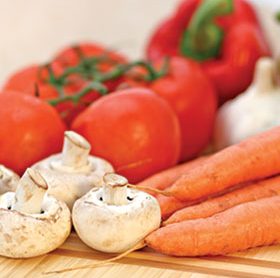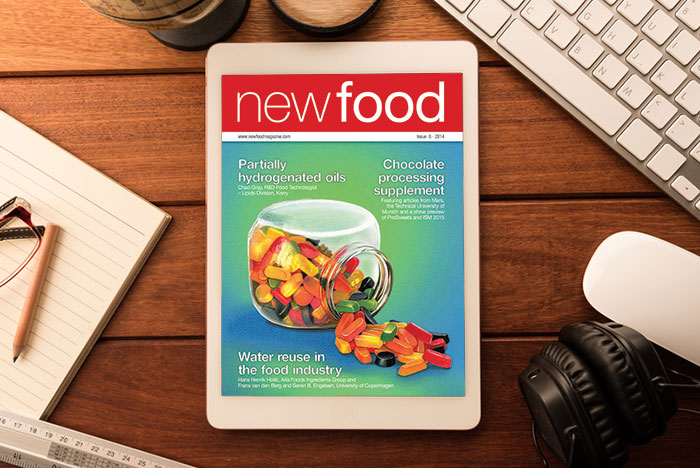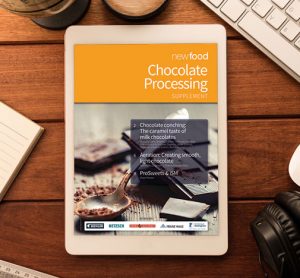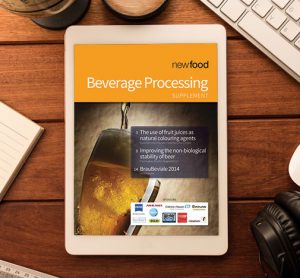Getting a grip on water holding capacity
9 March 2015 | By Ruud van der Sman, Food & Biobased Research
In the design of food products which are high in protein or fibre, it is important for their various properties to control how much water is held by the food material. This water holding capacity (WHC) relates to many sensory, health, nutritional and convenience properties.

































